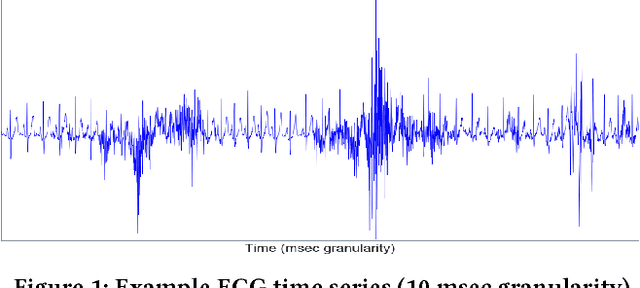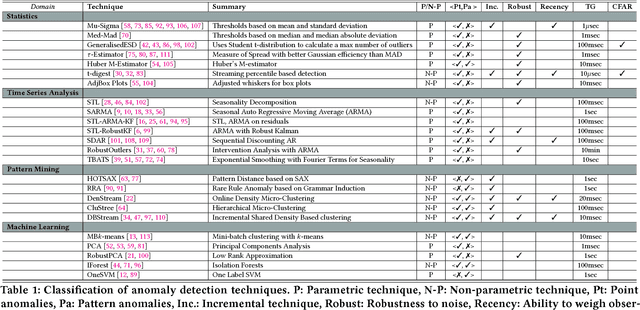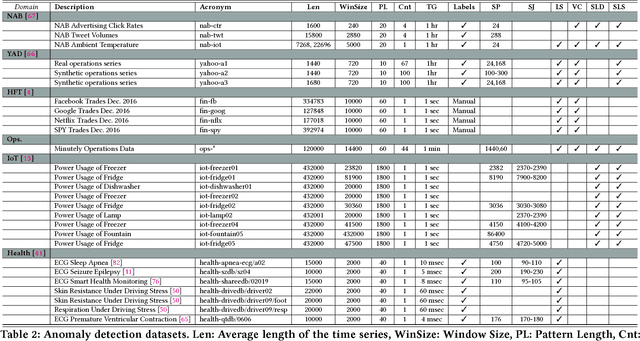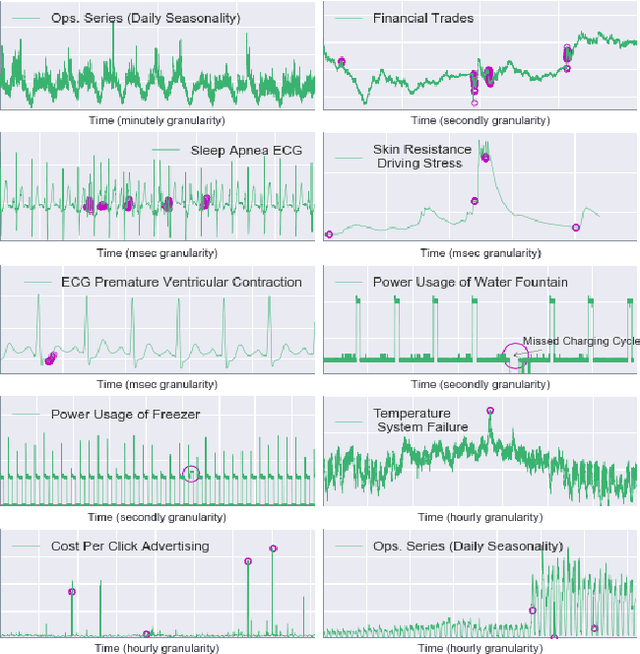On the Runtime-Efficacy Trade-off of Anomaly Detection Techniques for Real-Time Streaming Data
Paper and Code
Oct 12, 2017



Ever growing volume and velocity of data coupled with decreasing attention span of end users underscore the critical need for real-time analytics. In this regard, anomaly detection plays a key role as an application as well as a means to verify data fidelity. Although the subject of anomaly detection has been researched for over 100 years in a multitude of disciplines such as, but not limited to, astronomy, statistics, manufacturing, econometrics, marketing, most of the existing techniques cannot be used as is on real-time data streams. Further, the lack of characterization of performance -- both with respect to real-timeliness and accuracy -- on production data sets makes model selection very challenging. To this end, we present an in-depth analysis, geared towards real-time streaming data, of anomaly detection techniques. Given the requirements with respect to real-timeliness and accuracy, the analysis presented in this paper should serve as a guide for selection of the "best" anomaly detection technique. To the best of our knowledge, this is the first characterization of anomaly detection techniques proposed in very diverse set of fields, using production data sets corresponding to a wide set of application domains.
 Add to Chrome
Add to Chrome Add to Firefox
Add to Firefox Add to Edge
Add to Edge